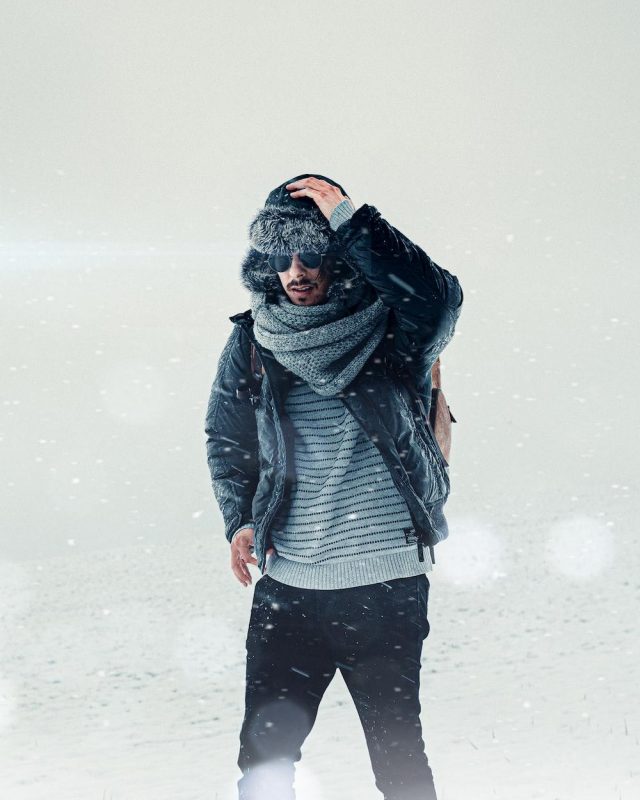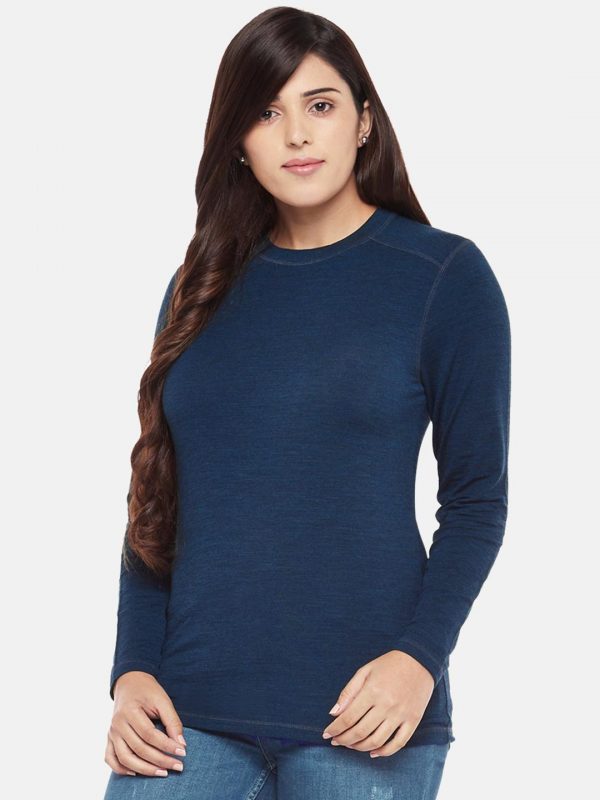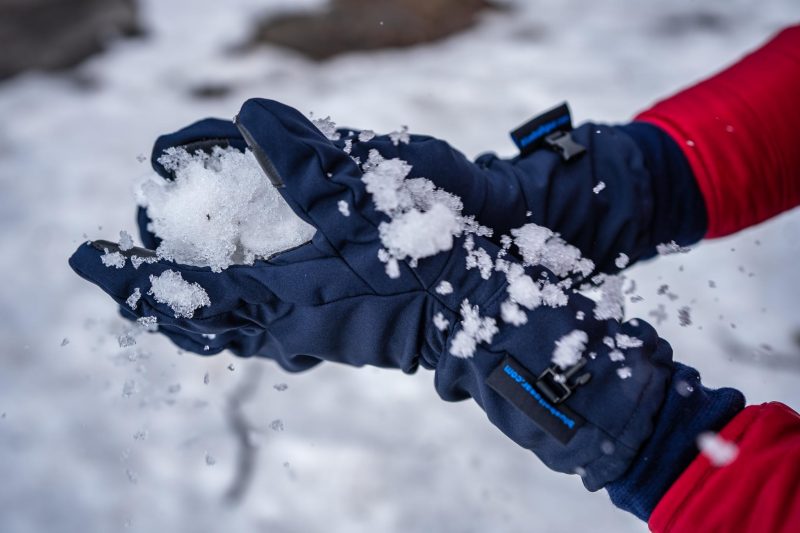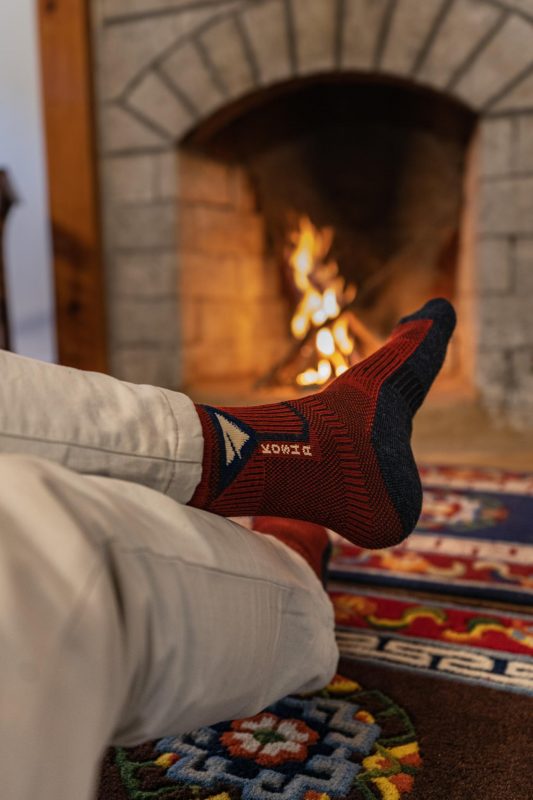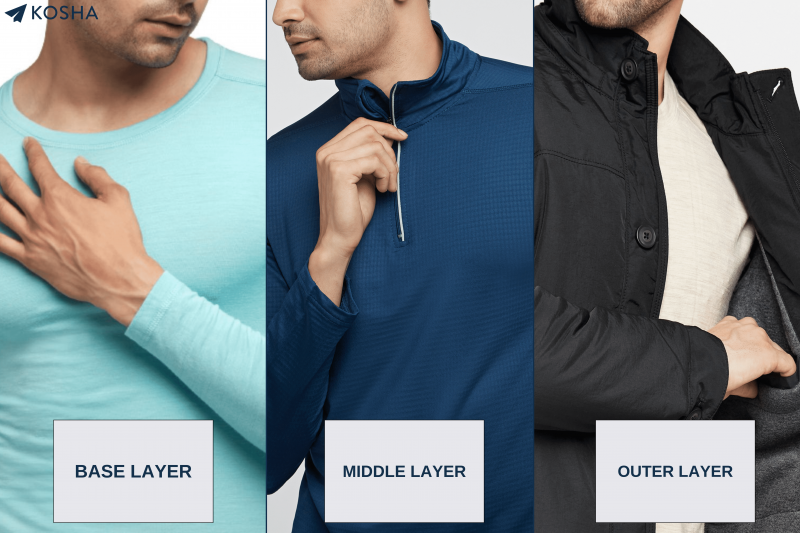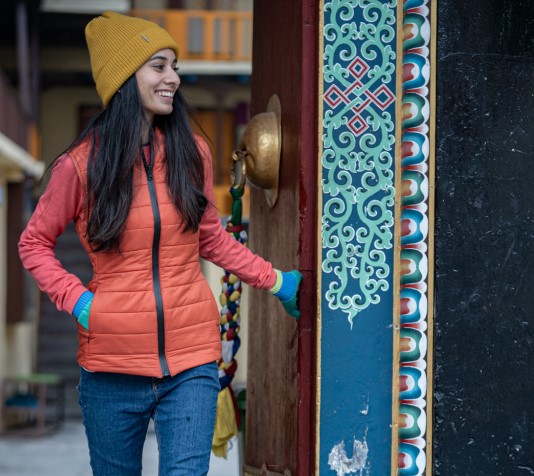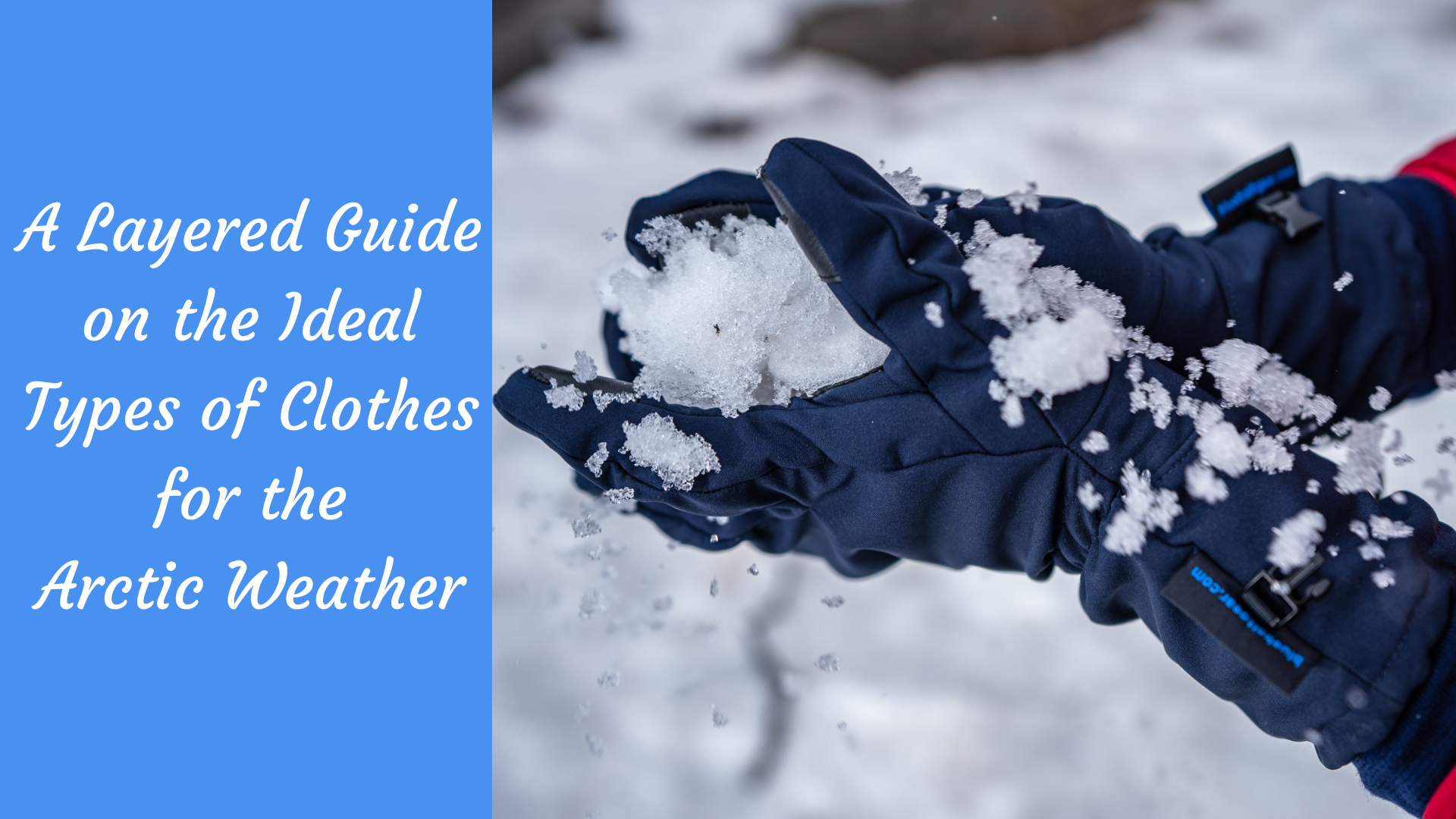
Winter weather can be harsh in some parts of the world. It’s all about preparing well and enjoying the weather. When you think of preparation, suitable cold-weather clothing is essential. For example, you need suitable clothes for the arctic climate.
The Arctic weather is renowned for its extremely cold temperatures and harsh conditions, making it essential to have the right clothing to stay warm and comfortable in this challenging environment. This layered guide is designed to provide you with a comprehensive understanding of the ideal types of clothes to navigate the frigid Arctic climate.
From insulated outerwear to moisture-wicking base layers, this guide will break down each layer’s purpose and help you build a clothing system that can withstand the unforgiving cold while allowing you to enjoy the unique beauty and experiences that the Arctic has to offer. Whether you’re an intrepid explorer, a winter sports enthusiast, or simply looking to stay cozy during an Arctic adventure, this guide will equip you with the knowledge to dress appropriately for extreme Arctic weather conditions.
If you plan to visit this part of the world, you shouldn’t take it lightly. You must wear clothes that keep you warm and comfortable throughout your vacation. The weather can freeze you to death if you don’t dress well.
Table of Contents
Arctic Climate
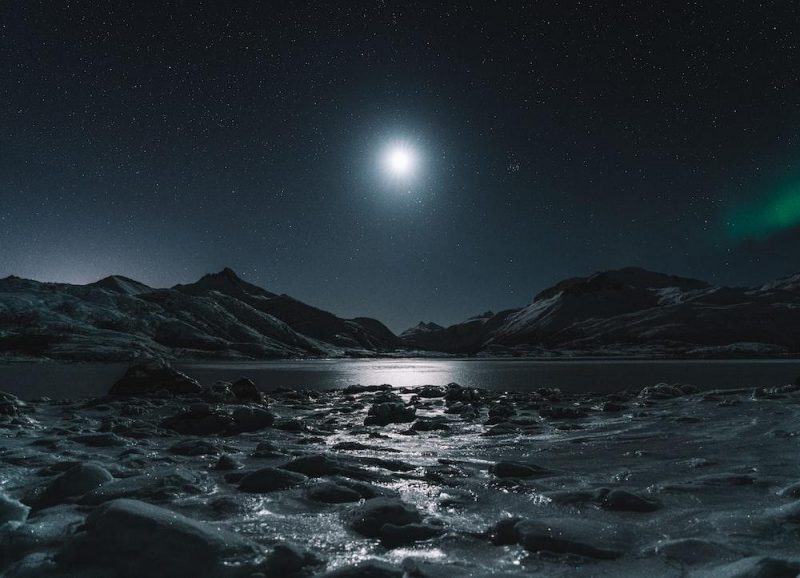
Arctic region
The weather in the Arctic varies on a regular basis. It’s like any part of the world in that regard. Yet, the Arctic is a unique place for weather and climate. There are certain special factors that influence it.
Among those factors, sunlight is the most important. Above the Arctic Circle, there is little or no solar energy during winter. It leaves the region dark and cold.
The sunlight that does reach the arctic region comes in at a low angle. The Arctic also experiences frequent temperature inversions.
How Cold is the Arctic Circle?
The temperatures in the Arctic circle vary according to the location and season. It means the average numbers that describe the Arctic are not always accurate.
It depends on the region’s proximity to the sea, elevation, and ice or snow cover. Northern Alaska, Canada, and Siberia are the coldest polar regions with lowest temperatures. They might feel even colder due to the windchill factor.
Essentials When You Pack Clothes for the Arctic
Packing for places like the polar region or the Arctic can be tricky. It’s not the weather you come across daily. Hence you might need clarification about the appropriate clothing.
Whether it’s polar region clothing or clothes for the arctic, there are essential tips:
1. Layering
Winter layering is a concept that you must know about. It will come in very handy when you pack for the colder climates in the world.
For many, it might not be a necessity depending on the weather. But if you face constant temperature drops, you will need it. Hence, ensure you pack your layers well for a winter trip. You should focus on three layers:
Apart from this, your accessories will also be helpful. You must keep every part, including your extremities, covered throughout the cold weather. We’ll also learn about the essential layers in detail a bit later.
So your clothes for the arctic weather should be in layers. It also depends on the type of activity and weather you encounter. Your layers should also be flexible enough to add on or remove.
Layering insulates the body by creating pockets of warm air around it. It ensures that your body’s core temperature is intact.
But remember that insulation doesn’t increase your temperature. It maintains it. It works well when you start with warm cold weather clothing.
2. Keep Dry
Along with warmth, you should also ensure that your cold weather clothing keeps you dry. No matter how many layers you wear, they won’t help if they aren’t dry. A waterproof coat, snow boots, and even an umbrella can help in this case.
Once your clothes get wet, the moisture evaporates from the surface, and you feel cold. It could be sweat, rain, or snow that dampens your cold weather clothing. If your layers cause you to overheat, remove either your mid or base layer.
3. Cover your Extremities
As I mentioned earlier, you must cover your extremities too in cold weather. The chilly wind can enter through any opening in your body. So you shouldn’t risk exposing any part.
For example, cover your head with a beanie on the coldest winter days. Your head is an essential part of your body. If the cold hits it, you could face health concerns.
You should also take extra care of your fingers and toes. They’re among the first to lose blood flow and experience the impact of frostbite. You can either go in for gloves or mittens to keep your hands warm.
But it’s believed that mittens keep hands warmer by holding your fingers together.
4. Hydrate Properly
Apart from wearing appropriate clothes for the arctic, you also need to hydrate yourself. Dehydration is a real concern during the winter season. It’s something we take for granted during the cold months.
The cold, dry air strip our bodies of moisture. It also is the case with winter winds. They carry moisture away from the skin’s surface by means of evaporation. You also tend not to feel as thirsty in winter as in summer.
Dehydration makes it harder for the body to maintain a safe core temperature. Drinking plenty of water and hot drinks will keep you well-hydrated. Hydrating yourself is okay, even if you aren’t feeling too thirsty. It makes it easier for you to stay warm.
In fact these tips can come in handy for polar region clothing as well.
Understanding the Layers of Clothes for the Arctic Weather
Base Layer
The base layer is the first layer in your winter layering system. As you read, it acts as a base for the following layers. As a result, it’s also the layer that sits closest to your skin.
Hence you should ensure that the clothes for this layer are warm, cozy, and comfy. They should also dry fast when they get wet.
A close-fitting layer that provides Insulation and wicks away moisture works well. Comfort is key here.
Moisture in clothing reduces its insulating qualities. It’s essential to get the sweat away from your skin and away from your clothes. Breathability is of utmost importance for this layer.
Long underwear is a must for the coldest temperatures. Modern base layer clothes for the arctic are made with fine wool or synthetic materials. They can also prevent the build-up of bacteria in sweaty clothes that creates bad odour.
Thermal clothes are a go-to for cold weather clothing. A good thermal long underwear should accompany the following:
These items work well together to keep you warm and safe in winter weather.
As for fabrics, merino wool is the best-suited option. It delivers performance-wise. It’s a soft and fine natural product.
It comes from the wool of merino sheep. It’s very good at wicking sweat from the skin’s surface and is naturally odor resistant.
When you shop base layers, think of versatile clothes. If you need these clothes for the arctic weather, it’s a crucial aspect. It should be versatile enough as your outer layer indoors and keep you toasty outdoors.
Insulated base layer bottoms should go under thick, warm pants and over-pants.
You won’t need long underwear for your legs in Antarctic summer in coastal regions unless you really suffer from the cold.
Mid Layers
For this layer, you must take care of fabric selection and design details. It’ll help you in being better prepared for the cold months. A versatile layer that provides insulation is the ideal choice.
Buttons and zippers allow for the versatility of ventilation. It helps during intense exertion or when the weather gets worse.
More than one lightweight layer of shirts, sweaters, or jackets allows flexibility. You can add or remove layers according to weather and activity levels.
They’re also warmer than one thick heavy layer. The extra insulating air gets trapped between the layers and within them.
Traditionally, you’ll find people wearing woolen sweaters or pants in natural fibers. These may be used or substituted by more modern materials like lightweight down.
The Outer or Shell Layer
The outermost layer should always protect you from the weather. This layer should be windproof and waterproof, depending on the temperature.
Parkas will be very useful for this layer as clothes for the arctic
The outer layer is crucial and should have additional features too. Features such as draw-cords and fastening cuffs prevent warm air from being lost to the outside. It also doesn’t let snow find its way into your body.
If there’s no rain or snow, it’s not that necessary to wear waterproof layers. But if you’ve to spend time in boats, waterproof layers are vital. You shouldn’t be wet and cold for the rest of your day after water splashes on the clothes.
Fully waterproof garments cannot transmit sweat as readily as garments that are not fully waterproof. They also aren’t as soft and flexible at low temperatures.
So please choose according to your intended use. Insulating materials for this outer layer can be synthetic or natural down.
Try and understand this layering system. It could be useful when you need polar region clothing too.
Protect the Hands
Your hands must stay covered at all times. The cold weather can cause harm to your hands in peak winter climates. Hence you’ll need cold weather clothing accessories to protect your hands.
In icy conditions, 2 or 3 pairs of gloves or mittens should work. Carry them along for your trip to the Arctic. And don’t forget to wear them when you dress up in clothes for the arctic.
The layering principle can also apply to your hands. Wear a light first layer known as glove liners. Follow it up with an insulating layer or a weatherproof outer layer. Here again, it depends on the use.
Your outer layer should be windproof. Water resistance will prove to be helpful in and around small boats.
Ski gloves are suitable as they’re warm and water resistant too. They’re usually adequate alone for polar coastal regions. But they aren’t great with dexterity.
A thin pair of glove liners under a warmer over-pair means allows you to take photographs. It also allows you to do things that require manual dexterity without taking them off.
But remember, mittens will always be warmer than gloves. As I mentioned, they keep your palms close together.
You should also invest in touchscreen-compatible gloves. They’re lightweight gloves that allow you to use touchscreen devices with ease. And yes, you can use it while the gloves are on.
Protect Your Feet
Boots
Boots are very essential during the winter months. Synthetic or leather hiking boots aren’t ideal when it’s very cold. In such situations, specialist insulated boots are needed.
These boots have soft insulated uppers, thick plastic or rubber soles, thick insoles. It helps to prevent heat loss due to snow and ice. They’re great at keeping you warm in winter. But they aren’t the best choice for walking over rugged terrain or climbing.
Socks
Along with boots, socks are also essential. One or two pairs of thick and warm socks are good for a cold-weather trip. As for fabrics, wool is the go-to material here.
Synthetic materials such as nylon allow durability. There are many thick acrylic socks out there in the winter market. They are your cheaper picks in winter. But they aren’t as good as wool in cold conditions.
The layering principle also applies to the socks you wear. More than one pair of thin socks is warmer than a single thick pair.
Please don’t be tempted to cram too many socks on our feet. It will make your boots feel very tight. There should be some room for movement as well.
Use the trial and error method to see what works. Along with the practical uses, ensure that it also suits your dressing style. After all, everyone would want to dress well in any season.
Start with a thin pair of everyday socks as your layer. Then follow it up with a thick pair on top and see how it goes.
FAQs
Certainly, here are some frequently asked questions (FAQs) related to a layered guide on the ideal types of clothes for Arctic weather:
Why is layering so important in Arctic weather?
Layering is essential in the Arctic because it allows you to regulate your body temperature more effectively. The multiple layers trap heat and create a barrier against the cold, while also allowing you to remove or add layers as needed to stay comfortable.
What are the key layers in an Arctic clothing system?
A typical Arctic clothing system consists of three main layers: a moisture-wicking base layer, an insulating middle layer, and a waterproof and windproof outer layer. These layers work together to keep you warm, dry, and protected from the elements.
What materials should I look for in Arctic clothing?
For the base layer, synthetic or wool materials that wick moisture away from the skin are ideal. In the insulating layer, down or synthetic insulation is commonly used, and the outer layer should be made of waterproof and windproof materials like Gore-Tex.
How can I prevent frostbite in the Arctic?
To prevent frostbite, it’s crucial to keep extremities warm. Insulated gloves, warm hats, and high-quality insulated boots are essential. Additionally, maintaining good circulation and avoiding prolonged exposure to extreme cold is key.
What considerations should I keep in mind when selecting clothing for the Arctic?
When choosing Arctic clothing, consider the specific activities you’ll be engaging in, the expected weather conditions, and your own cold tolerance. It’s essential to strike a balance between warmth and mobility while staying dry and protected.
Conclusion
In conclusion, understanding the significance of proper clothing in the Arctic weather is essential for ensuring safety, comfort, and enjoyment in this remarkable but demanding environment. The layered approach, as detailed in this guide, serves as a crucial strategy for combating the extreme cold, wind, and moisture that characterize the Arctic climate.
By choosing the right materials and following the principles of layering, individuals can not only stay warm but also maintain mobility and adaptability, whether they are engaged in scientific research, outdoor exploration, or simply taking in the breathtaking landscapes. It’s a testament to human ingenuity and our ability to adapt to the harshest of conditions. With the knowledge gained from this guide, you’ll be better prepared to conquer the Arctic’s challenges, all while embracing the extraordinary beauty and uniqueness of this frozen world.
The Arctic weather can’t be taken too lightly. If you’re spending time in the Arctic circle, buy suitable clothes for the arctic. I hope this post was of some help to you with regard to clothes for the arctic.
In short, always remember to layer up in the Arctic circle. Carry the right clothes for the right purposes. And as I mentioned, give importance to the weather and your activity. Keep this in mind while packing arctic as well as polar region clothing.
This post was written by Kosha team member – Shawn Mathias
